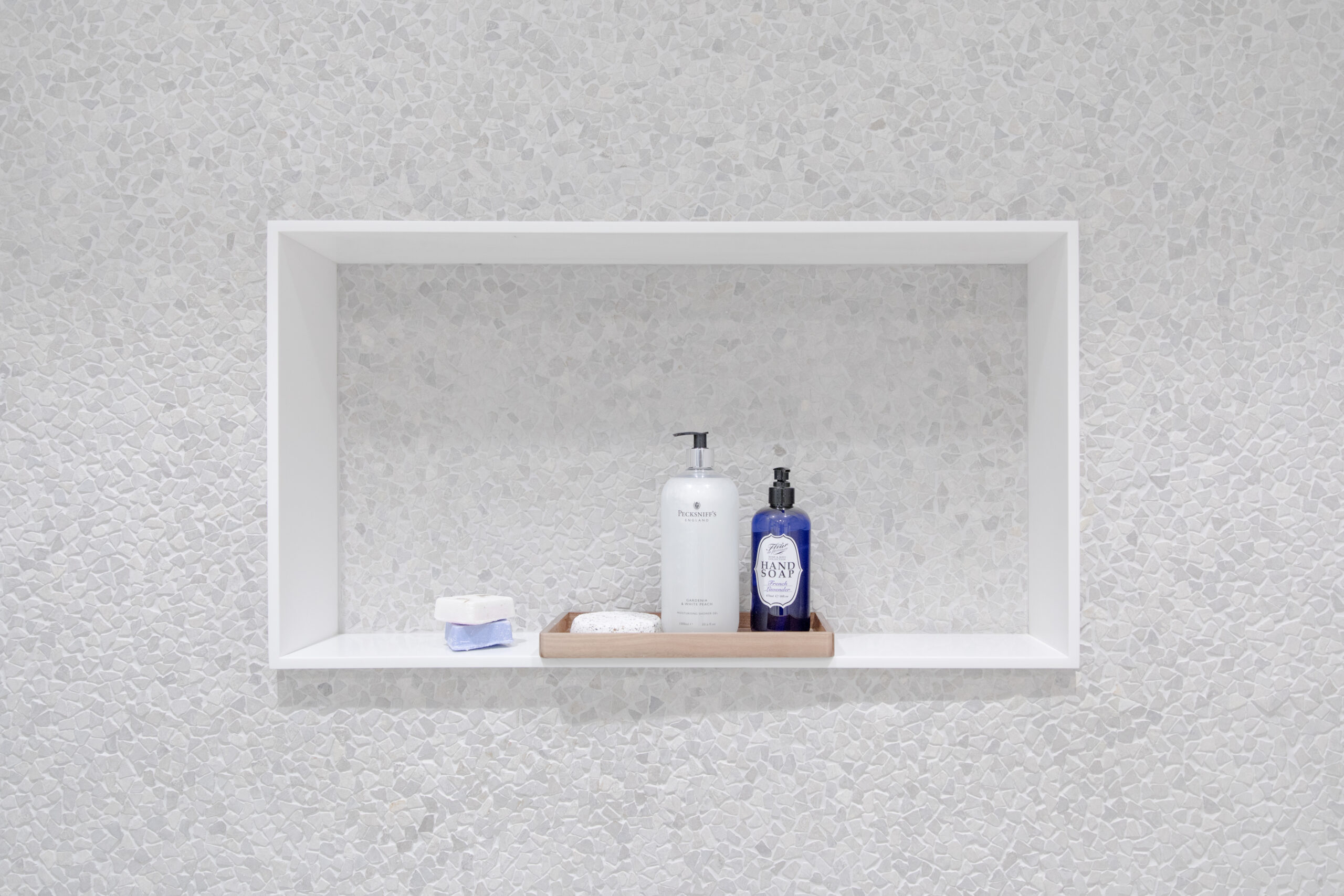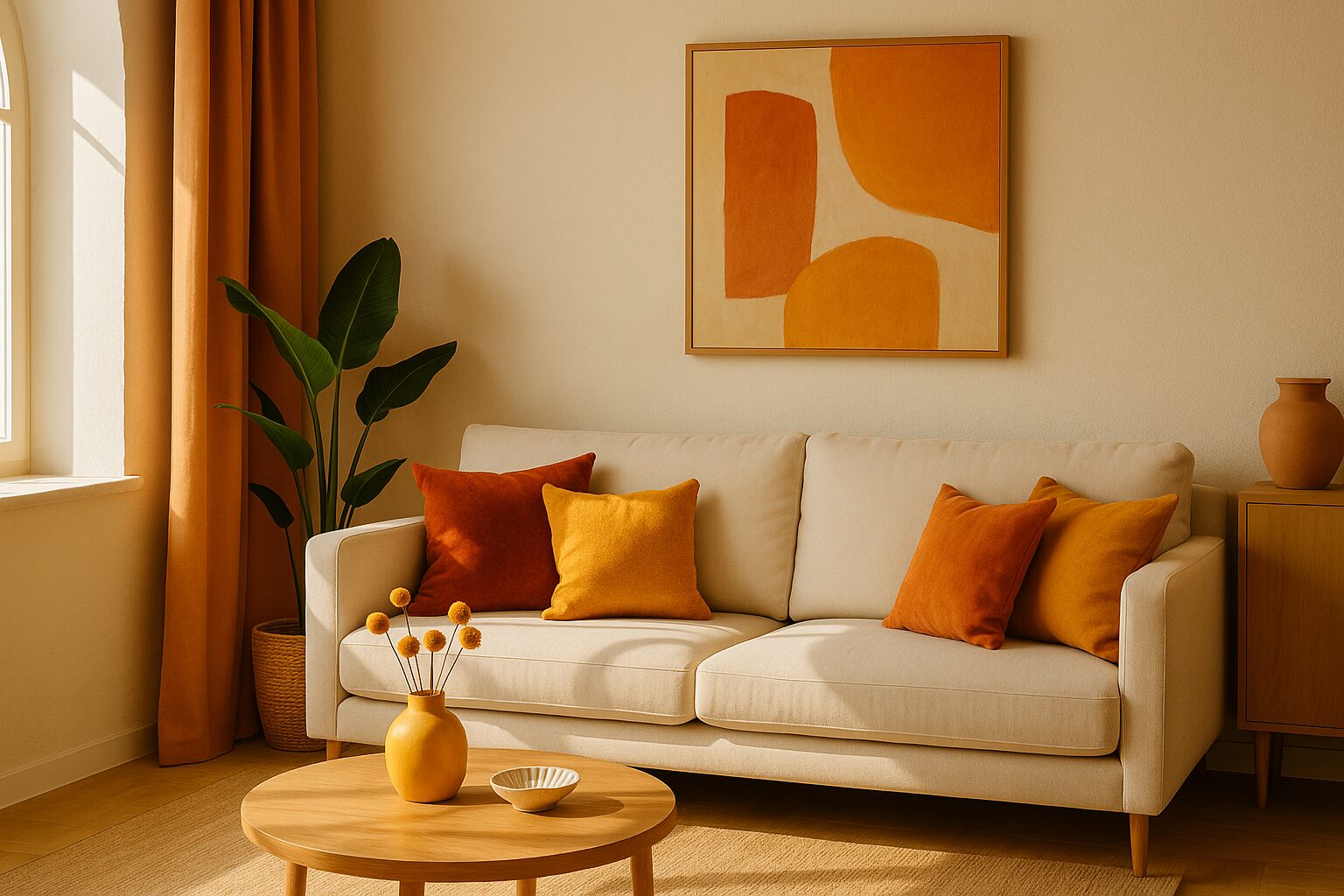Minimalism has become a popular trend in home design, with many individuals opting for a simpler and less cluttered lifestyle. If you’re interested in designing a minimalist home, there are several tips and tricks to consider. In this article, we’ll explore some of the ways you can embrace minimalism in your home.
Start with a Clear Vision
Before you begin designing your minimalist home, it’s important to have a clear vision of what you want to achieve. Take some time to consider your lifestyle and the type of environment you want to create in your home. Minimalism is all about simplicity and functionality, so think about how you can incorporate these elements into your design.
Declutter Your Space
One of the first steps in designing a minimalist home is to declutter your space. Get rid of any unnecessary items and only keep what you truly need. This will not only help you achieve a more minimalistic aesthetic but also create a more peaceful and calming environment.
Choose Neutral Colors
When it comes to color schemes in minimalist design, less is more. Choose neutral colors such as white, beige, gray, or black to create a clean and cohesive look. If you want to add some color, consider using muted tones such as pastels or earthy hues.
Invest in Quality Furniture
Minimalism is all about quality over quantity. Invest in high-quality furniture that is both functional and aesthetically pleasing. Look for pieces that are well-made and can withstand the test of time. When selecting furniture, consider pieces with clean lines and a simple, uncluttered design.
Let in Natural Light
Natural light is an essential element in minimalist design. Allow as much natural light as possible into your home by choosing window treatments that let in the most light. If privacy is a concern, consider using sheer curtains or blinds that can be easily adjusted to let in or block out light.
Use Simple Decor
When it comes to decor, less is more in minimalist design. Choose simple decor pieces that add a touch of personality without overwhelming the space. Consider using plants, candles, or artwork to create a focal point in each room.
Embrace Negative Space
Negative space, also known as white space, is an important element in minimalist design. It refers to the empty space around objects and can help create a sense of balance and harmony in a room. Don’t be afraid to leave some areas of your home empty to allow for negative space.
Conclusion
Designing a minimalist home can be a rewarding experience that will help you achieve a simpler and more peaceful lifestyle. By following these tips and tricks, you can create a space that is both functional and aesthetically pleasing. Remember to start with a clear vision, declutter your space, choose neutral colors, invest in quality furniture, let in natural light, use simple decor, and embrace negative space. With these elements in mind, you’ll be on your way to designing a minimalist home that you’ll love for years to come.




